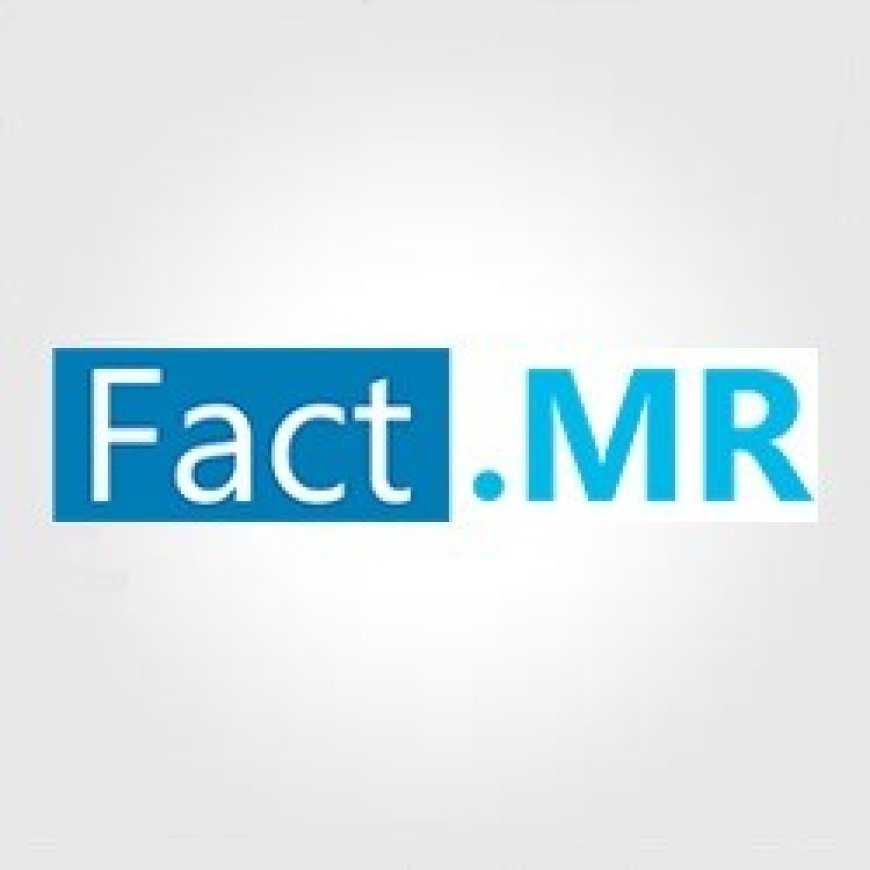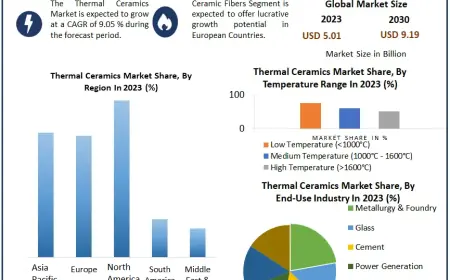Lentiviral Vector Market Competitive Strategies, Advertising Trends, Analysis by 2034

The North American lentiviral vector market is expected to grow significantly, with the United States leading at a CAGR of 10.8% through 2034. According to estimations, China would dominate the East Asia lentiviral vector industry with a 10.1% CAGR until 2034.
The lentiviral vector market is valued at US$ 170.7 million in 2024 and is expected to grow at an 11.5% CAGR to US$ 506.7 million by 2034.
???????????????????????????????? ???? ???????????????????????? ???????????????? ???????? ???????????????? ????????????????????????: https://www.factmr.com/connectus/sample?flag=S&rep_id=9592
The market for lentiviral vectors has expanded as non-lentiviral gene treatments have undergone more research and development. Furthermore, the market is being driven by rising demand for lentiviral therapy and an increase in infectious disease cases. Asia Pacific is predicted to expand the quickest over the projection period.
The COVID-19 epidemic has had a severe effect on credit portfolios. Unemployment has risen to an unprecedented level, and economic activity has been disrupted, putting customers' and businesses' solvency under strain. Central banks have taken a proactive stance, infusing liquidity into the market through interest rate cuts and asset purchase programs. Managing and monitoring credit, market, liquidity, and operational risk in financial markets was difficult enough with persistent geopolitical conflicts, international trade battles, and the occasional hurricane or earthquake. The current epidemic has challenged chief risk officers and their teams to rethink traditional risk management and monitoring assumptions and approaches. COVID-19's global influence demonstrated the importance of interconnection in international cooperation. As a result, several governments began hurrying to locate, evaluate, and procure viable AI-powered solutions.
Category-wise Insights
Lentiviral vector kits are increasingly being employed by academic research institutions and biotechnology companies. Kits' simplicity, dependability, and cost-effectiveness correspond to the preferences and demands of various research organizations. As academic and biotech research grows, so does the demand for lentiviral vector kits as critical instruments for genetic analysis and pharmaceutical development.
Lentiviral vector kits are generally less expensive than independently purchased reagents. Purchasing a kit eliminates the need for research institutions to purchase and check each component individually, cutting overall costs. This cost-effectiveness is especially appealing to smaller research teams or colleges with restricted finances, which drives demand for lentiviral vector kits.
Competitive Landscape
Key players in the lentiviral vector market include Oxford BioMedica, Thermo Fisher Scientific, Lonza Group, Sirion Biotech, ViGene Biosciences, SIRION Biotech, Creative Biolabs, GenScript Biotech Corporation, Addgene, and VectorBuilder.
The lentiviral vector market is highly competitive, with prominent firms fighting for market dominance and innovation leadership. Leading pharmaceutical and biotechnology companies compete for a sizable market share in this area, along with a growing cohort of emerging biotech startups. Strategic alliances, collaborations, and mergers and acquisitions are all important components of the landscape as companies attempt to expand their technological capabilities, broaden their product portfolios, and increase global market penetration.
Recent Developments
- In April 2023, Yposkesi, SK Pharmateco's clinical and commercial viral vector manufacturing business, announced the debut of LentiSure, an upgraded platform for producing lentiviral (LV) vectors with the goal of increasing the resilience and efficiency of lentivirus production.
- In September 2022, the FDA granted fast clearance for the gene therapy elivaldogene autotemcel, also known as eli-cel, to slow the progression of neurological impairment in boys aged 4 to 17 with early, active cerebral adrenoleukodystrophy (CALD). Eli-cel is the first lentiviral vector gene treatment for CALD patients and the second for patients with severe genetic disorders in the United States. It is also set to be distributed under the name SKYSONA.
???????????? ???????????????????????????????????????????????????? ???????? ???????????????? ???????????????????????? ???????????? ???????????????????????????????? ???????????????????????????????? ????????????????????????????????????: https://www.factmr.com/connectus/sample?flag=RC&rep_id=9592
Lentiviral Vector Market Segmentation
- By Product Type:
- Kits
- Reagents & Consumables
- By Indication:
- Cancer
- Genetic Disorder
- Infectious Disease
- Veterinary Disease
- Others
- By End User:
- Biotechnology Companies
- Pharmaceutical Companies
- Contract Research Organization (CRO)
- Academic and Research Institutes
- By Region:
- North America
- Europe
- Latin America
- East Asia
- South Asia & Oceania
- The Middle East & Africa
????????????????????????????:
US Sales Office
11140 Rockville Pike
Suite 400
Rockville, MD 20852
United States
Tel: +1 (628) 251-1583, +353-1-4434-232
Email: sales@factmr.com
What's Your Reaction?
 Like
0
Like
0
 Dislike
0
Dislike
0
 Love
0
Love
0
 Funny
0
Funny
0
 Angry
0
Angry
0
 Sad
0
Sad
0
 Wow
0
Wow
0













































